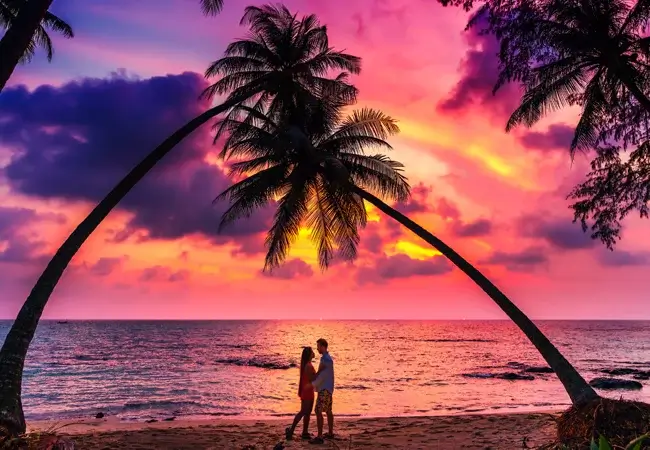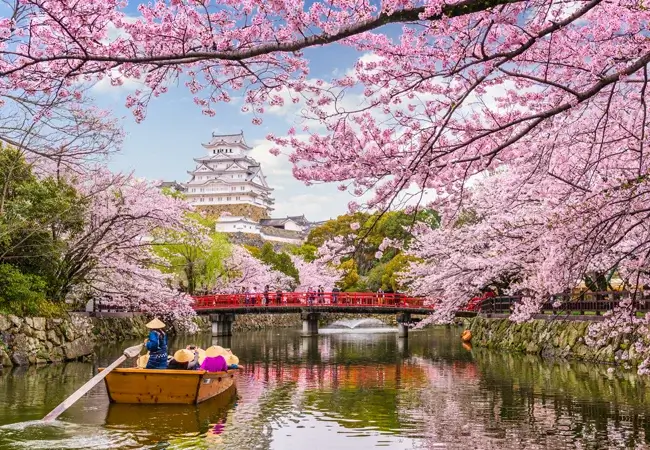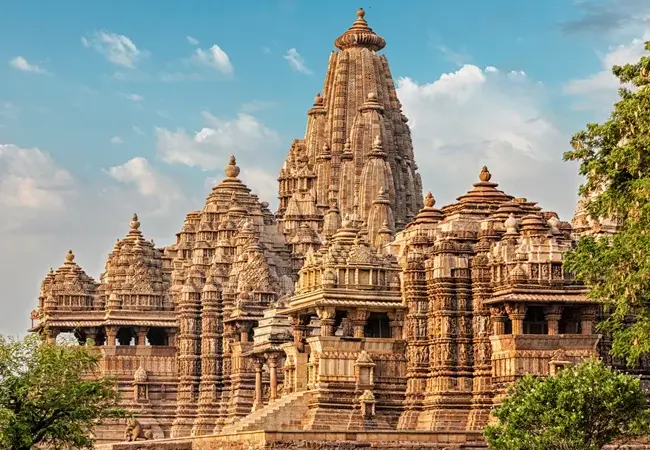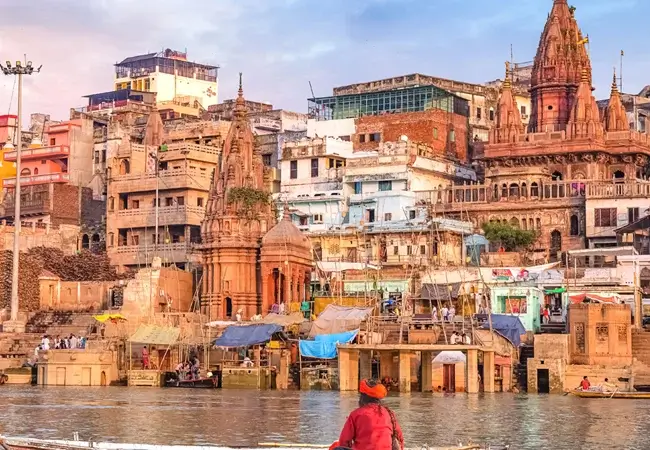Do you want to transport your soul into a region full of natural beauty and serenity? Do you want to escape and take a break from your monotonous routine of life and crave some rejuvenation? Then what are you waiting for? Call us and book your tour package to a river island located at the heart of the Brahmaputra River called Majuli.
This river island is considered to be the first island in the country that was made a district in the year 2016. Spread across an area of approximately 1,255 sq km at the beginning of the 20th century, this region is continuously being subjected to erosion. Hence, its area has now been reduced to 352 sq km (as of 2014).
This island is formed by the Brahmaputra River in the south and an anabranch of the Brahmaputra in the north. This island is situated at a distance of approximately 300-400 km from the largest city of Assam- Guwahati. It was formed as a result of course change by the river Brahmaputra along with its tributaries. Moreover, Majuli is also considered to be the abode of the Assamese neo-Vaishnavite culture.

Earlier, this island was a long, narrow piece of land that the locals used to call Majoli, meaning land in the middle of two parallel rivers. It remained surrounded by the mighty Brahmaputra that used to flow in the north and the Burhidihing in the south. This region was once known as Ratnapur and was the most powerful capital of the Chutia kingdom. The occurrence of frequent earthquakes from 1661 to 1696 led to a catastrophic flood in the year 1750 that continued for approximately 15 days. Hence, as a consequence, part of the Brahmaputra discharged southward into what was the Burhidihing’s lower channel and Majuli island came into being.
Majuli has always been the cultural capital of Assamese civilization since the beginning of the 16th century. Srimanta Sankardeva was a 16th-century social reformer of Assam (according to written records). He was considered to be a pioneer of the medieval-age neo-Vaishnavite movement who is credited with preaching a monotheist form of Hinduism called Vaishnavism. Besides, he was also associated with the establishment of monasteries and hermitages in Assam known as satra.
Within a very short time, this island became the most influential center of Vaishnavism after the establishment of these satras. This island remained under the rule of the British after their arrival till the time India gained its independence in the year 1947. Now, it holds the record of being the world’s biggest river island.
The ferry service is known to operate six times a day that connects Majuli to Jorhat city. Moreover, night super buses are running between Guwahati to Majuli via Lakhimpur. Though there are numerous drawbacks to this island, modernization has touched this island with the setting up of medical centers as well as educational institutions. The construction of houses using traditional bamboo has also shifted to ones made of concrete.

Majuli has received special recognition as a Vaishnavite site which makes it unique from others. Due to the continuous spiritual efforts of the great Vaishnava saint of Assam Srimanta Sankardeva, a system of social governance has been created in this land that has been continuing for centuries and thus, setting a unique example of unity in diversity. In addition, Majuli is also enriched with mixed ethnicity of multicolored cultures of inhabitants of this region such as the Mishings, the Deoris, the Sonowal Kacharis, the Ahoms, and the Nepali Communities.

The Ankiya Nat (a form of drama) and bhaonas (expression of Hindu God Lord Krishna as well as Lord Rama) were created by Vaishnava saint Srimanta Sankardeva as a part of the Neo-Vaishnavite movement and used as a medium of narrating religious stories along with the contents of Srimad Bhagwat Purana and the Ramayana so that the common people can understand the importance of spirituality and religion in Assam. This method of depicting the message of religious stories was more engrossing, involving, entertaining as well as easily comprehendible. As a result, this form of drama became very popular among people within a short time. The Sattriya dance of Majuli is as old as the island itself and is considered to be one of the main dance forms of India along with Bharat Natyam, Kathak, Odissi, etc.
There are twelve popular dramas like Patni Prasad, Kaliya Daman, Keli Gopal, Rukmini Haran, Parijat Haran, Ram Vijay, and many more. Some of the dramas were started by a renowned disciple of Srimanta Sankardeva called Sri Madhavdeva such as Arjun Bhajan, Chordhara Pimpara Guchuwa, Bhumi Lotowa, and many more.
Apart from being the hub of natural beauty and rich culture, Majuli is also blessed with a rich abundance of avian species that can totally mesmerize the tourists visiting Majuli for the first time. There are mainly two towns in Majuli called Garamur and Kamalabari, accompanied by many little villages that remain scattered throughout the landscape. This region is far away from the cacophony of the modern world and has enough serenity in the environment that can quench the thirst for peace of the visitors. The locals of this region are extremely kind and hospitable and can be seen wearing colorful dresses along with creatively crafted masks.
Majuli is home to a wide range of both local as well as migratory birds that can be seen during the winter. Visitors can expect to witness storks, pelicans, whistling teals, and Siberian cranes. The commonly found birds are ducks and wild geese that can be seen traversing the wetlands and roads.

If you carry an adventurous soul and want to visit one of the royal satras of Majuli Island, then you simply cannot afford to miss visiting Garmur Satra. A prominent holy site that was established under the supervision of Jayaharideva in the year 1656 AD, this historic satra is known to have a very solemn ambiance. Earlier, there were two Garmurs but later merged into one.
Garmur Satra is home to some significant and ancient articles and artifacts that help visitors in getting a deeper insight into the religious beliefs of the people residing here. Sri Sri Pitambardev Goswami was the person who initiated the conversion of this monastic institution into a semi-monastic one. There is a common prayer hall in the satra where devotees gather at regular intervals together to seek the blessings of the almighty. This satra also hosts several forms of cultural activities out of which the Raslila festival is the most important one.
Many valuable possessions are found in this satra such as utensils made of silver and ivory, wheels for elephant carts, sculptures of Umber, and many other ancient literary manuscripts. Visitors can plan their trip from October to February because, during this period, the temperature is very pleasant.
One of the prominent and significant attractions in Majuli, Kamalabari Satra is the center of art, culture, literature, and classical studies for many long years and even continues to do so. It was founded under the guidance of Bedulapadma Ata. Many renowned artists were associated with this satra such as Muktiyar Bayan and the Late Maniram Dutta who contributed significantly towards the upliftment of the classical dance status of Assam. Many popular artists have been trained in this satra and they perform both on national as well as international levels.
Thus, if you are keen to learn about the lifestyle and culture of the people of Majuli, you must visit this place and interact with the local people who are known to be very welcoming and friendly. This place is also quite popular for being associated with the crafting of many beautiful boats and designing sculptures.

It is a well-known socio-religious institution (satra) that is situated at the heart of Majuli. This satra was established under the supervision of Vamshigopal disciple Satradhikar Sri Vanamalidev in the year 1584. The presence of an ornate gateway engraved with religious motifs, animals, and flowers adds up to the beauty of this satra. Similar sculptures and paintings are present inside the satra with divine undertones that adorn the wall of the Namghar (place of worship) and heighten the aesthetic appeal of the sacred precincts where the idol of Mahaprabhu Jadavrai is worshipped.
Moreover, Dakhinpat Satra is considered to be the hub of dances contributed by Shri Shri Sankardeva such as Borgeet, Matiakhara, Jumora, Chali, Nouya, Nande, Sutradhar, Ozapali, Apsara, Satria Krishna, and Dasavater. It is also a storehouse of antiques of cultural importance and an advanced center for the performing arts.
During the Raasleela festival (related to Lord Krishna), several thousand devotees visit this holy place every year with the occasion now observed as one of the National Festivals of Assam. This is not only a holy place but also plays cultural as well as historical roles in society. A dance form initiated by Srimanta Sankardeva and later developed within the satras, Sattriya is considered to be one of the eight classical Indian dance styles.
Since this island sits in the middle of the mighty Brahmaputra, it is prone to flood every year. Hence, it is advisable not to visit Majuli during monsoon season. However, the summer here is quite hot and can make traveling a bit difficult. Therefore, the winter season is the best time to visit this place which commences in November and continues up to March.















